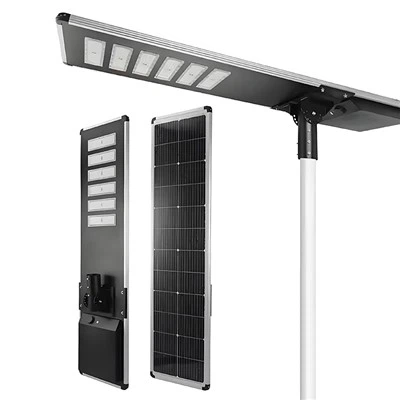When it comes to electricity, there are two main types of current - Alternating Current (AC) and Direct Current (DC). Both of them refer to the way in which the electrons flow through a conductor.
120V (volts) is the standard voltage for most household appliances and electronics in the United States. However, there are significant differences between 120V AC and 120V DC that affect how they are used.
AC power, which is the type of current that is supplied by the power grid, changes direction periodically. This means that the electrons switch direction and flow back and forth rather than moving in a straight line. The frequency of this back-and-forth motion is measured in Hertz (Hz), and in the US it is typically 60Hz. AC power is preferred for transmitting large amounts of power over long distances, as it is more efficient and can easily be increased or decreased in voltage using transformers.
On the other hand, DC power always flows in a single direction from the source of power to the load. This means that the electrons move in a straight line, which is why DC power is used for electronics and small appliances with low power requirements. Examples of DC-powered devices include your phone charger, LED lights, and batteries.
In terms of safety, DC power is generally considered safer than AC power. This is because DC power is less likely to cause an electric shock when it is accidentally touched. However, DC power can be more dangerous in certain situations, such as when large amounts of DC power are involved, such as in electric vehicles or in large battery banks.
In conclusion, while both 120V AC and 120V DC can be used to power household devices, they have distinct differences in the way they are generated, transmitted, and used. Therefore, it is important to understand which type of current is required for your specific application.






